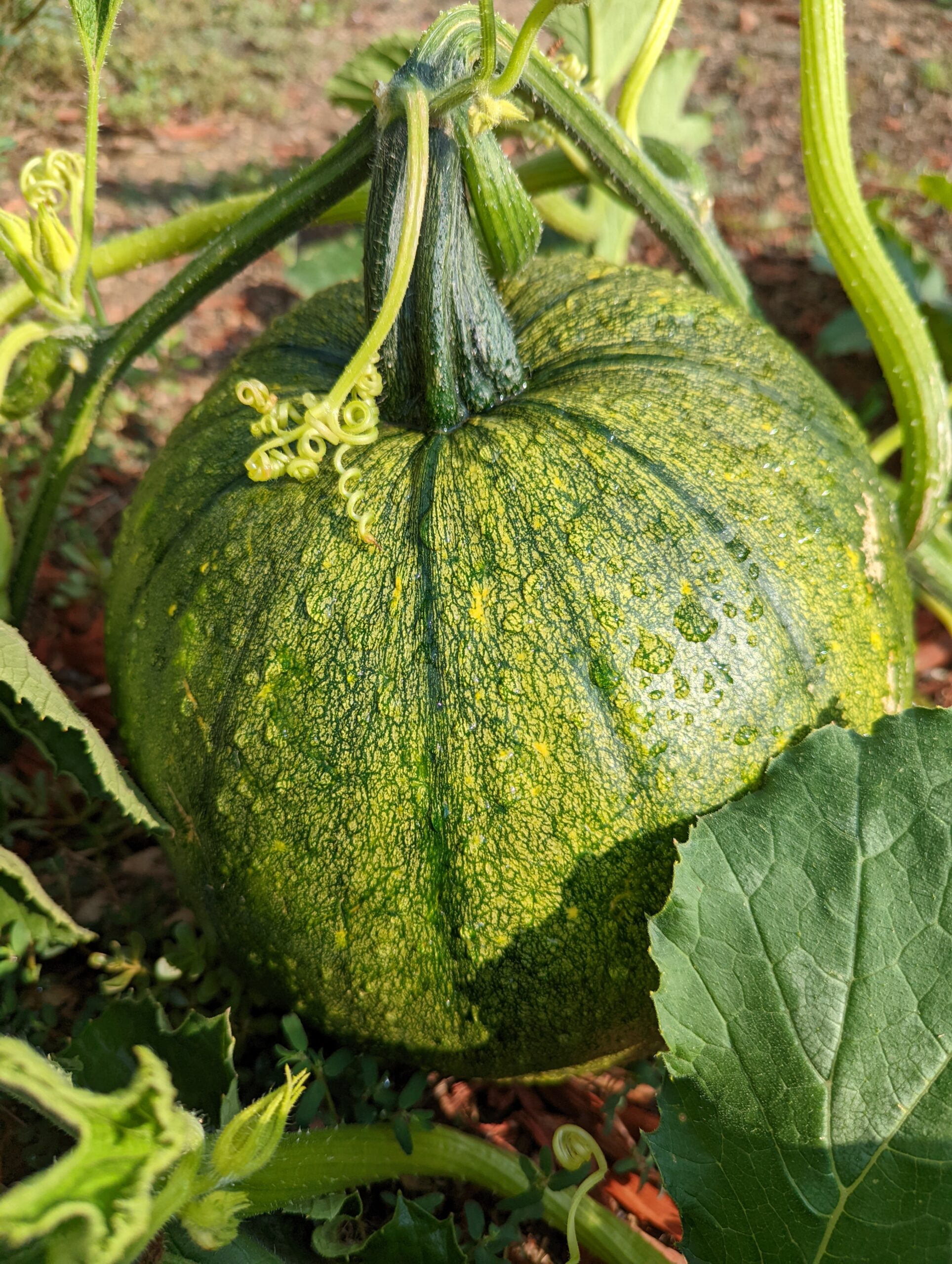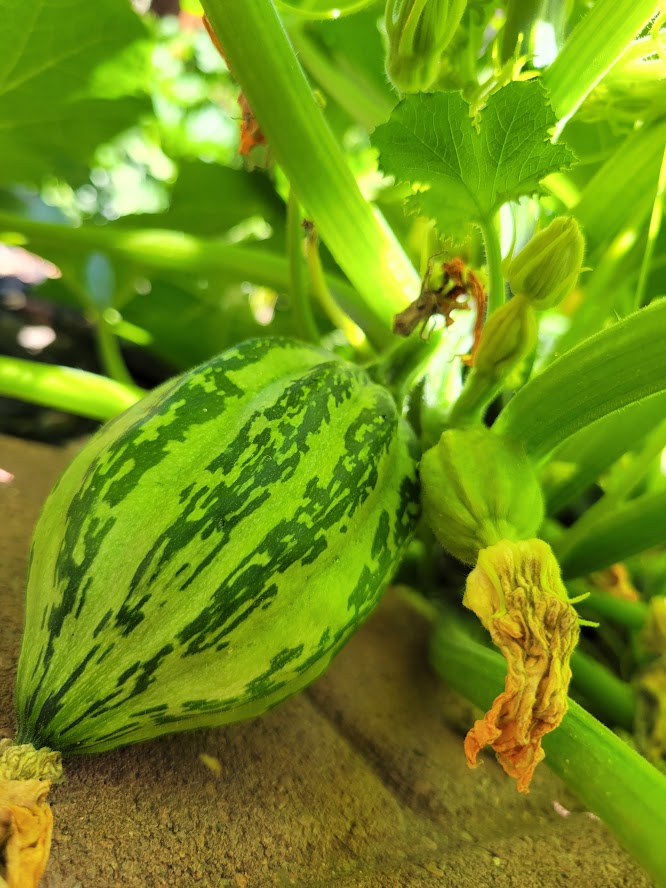What do immature fall squash look like?


Fall, or winter squash are best harvested when fully mature. If taken from the field when they are immature, the flesh will be less firm, so they should be eaten promptly as they will not store well. Furthermore, most immature squash lack flavor development, with the exception of the varieties called, Hubbard and Golden Acorn.
What do mature fall squash look like?
As fall squash mature, the flesh becomes drier and sugars develop. Both of these changes contribute to storing quality. Some types store up to 3 or 4 months when harvested at the right time and when stored under favorable conditions, such as in a dry place and at 55 degrees F. One inch of stem neck should be left on the fruit and the fruit itself should be hard and dry at harvest.
General signs of maturity are: a skin that can’t be easily dented with the thumbnail, color that is true to its mature type, and a variety that has reached its number of days to harvest.
Do general signs of maturity differ from type of squash?
Certain types of squash have other things that the grower can look for. With Acorn Squash, the groundspot where fruit touches the earth will change from yellow to orange. Turn fruit over to check this, being careful not to detach the fruit from the stem. Cut fruits from the field before a hard freeze. Many winter squash varieties can withstand an early light frost.
Which squash are most commonly grown in Colorado?
Butternut squash are ripe when vine growth stops and skin color changes from a light whitish green to a deep tan. Their flavor is better after a few weeks in storage. Vegetable Spaghetti squash are mature when they turn from a light yellow to golden yellow. Buttercup varieties are ripe when dark green fruits are 5 to 6 inches across and they appear to have stopped all growth.
These are the varieties commonly grown by home gardeners in Colorado, because their 80 to 100 days to maturity makes them a reliable choice in our climate. Blue Hubbard (blue-gray) and Boston Marrow (reddish-orange) are also occasionally grown. However, they require a longer season of 110 and 120 days respectively, and are mature when the vines die down.



